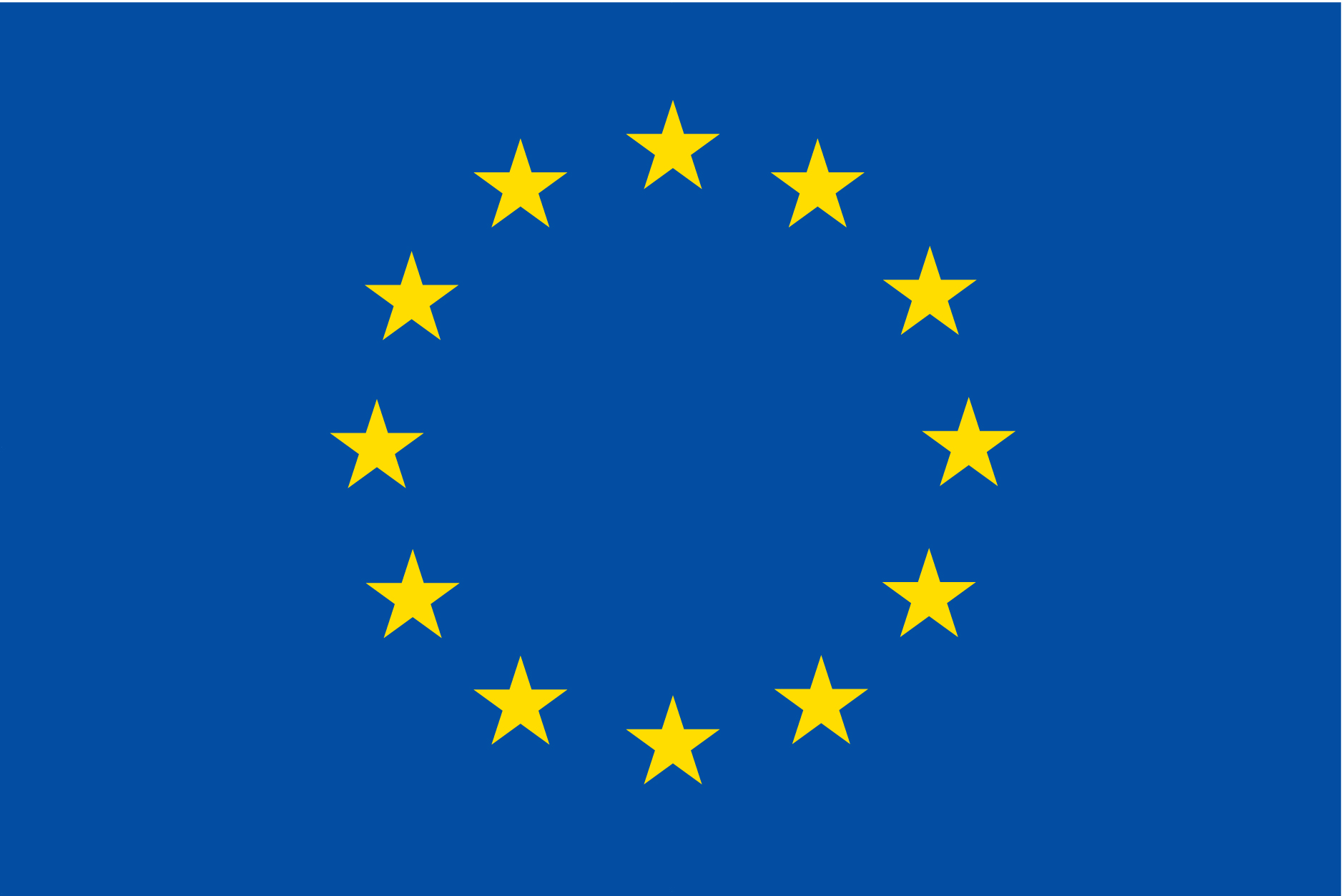Interview: Christoph Weirich
WORK PACKAGES LEADERS
A WORD FROM CHRISTOPH WEIRICH, LOCALISATION EXPERT AT DB NETZ AG AND WP2 LEADER.
" WP2 has to be seen in its interactions of all deliverables, from user requirements to system requirements and safety considerations to architecture and interface definition."
First, could you describe the CLUG project in your own words?
The CLUG project aims to define a continuous localisation system for fail-safe train localization and a prototypical certification. This localisation solution will be based on the existing and future European Global Navigation Satellite System (E-GNSS) together with further localization sensor technology.
This system will be designed as a software solution and tested with real test data and a reference position. The goal is to support the development of a sustainable system for the European railway network.
Not only can this new localisation approach contribute to the application for train supervision, but also to the improvement of other location-based services, customer information, traffic management and others.
- What are the main objectives of the second work package?
In Workpackage 2 aims to describe the High Level Mission and System Requirements. It is subdivided into 7 parts, starting with the user requirements and the operational scenarios under which a localization system shall be operated. From this are the localization system requirements derived and a preliminary hazard analysis is performed to derive the safety targets.
This is completed with a preliminary definition of external interfaces and a high level architecture of the localization system. Since the certification and homologation aspects are a very important component of the CLUG project, WP2 also collects certification methods. They serve in a later stage as a basis for a prototypical certification within the project.
- What are the main challenges that you are currently facing with this part of the project?
The CLUG project brings together railway companies, railway signalling industries, navigation specialists, a research institute and a certification company. It is clear that the different players have different backgrounds and understandings of the application and the technology. Especially for the definition of user and system requirements communication and exchange are important aspects.
Here we had to face challenges due to the COVID-crisis. Face-to-face workshops and meetings were only possible at the project start, from march on they took take place online. However, the team found good ways and modes to discuss and interact virtually – as many of us had to do in the last months.
- In what ways it could affect the CLUG project?
For the WP2, we can assume that the consequences are quite limited. Initially, it introduced some delays and uncertainties, but the WP was able to overcome most of them and catch up initial delays.
- What conclusions can you draw today from the second work package?
It is difficult to pick out single aspects of the workpackage. It has to be seen in its interaction of all deliverables, from user requirements to system requirements and safety considerations to architecture and interface definition.
- What are the next steps (if not finished)?
In November 2020, 6 out of the 7 workpackages regarding the specification have been finished and delivered. The output is used in the Workpackges for System Design and Testing. Now we focus on the finalization of the certification methods for the proposed localization system.






